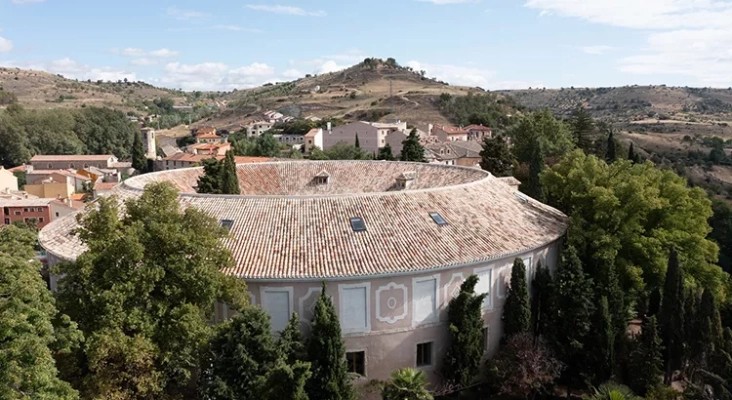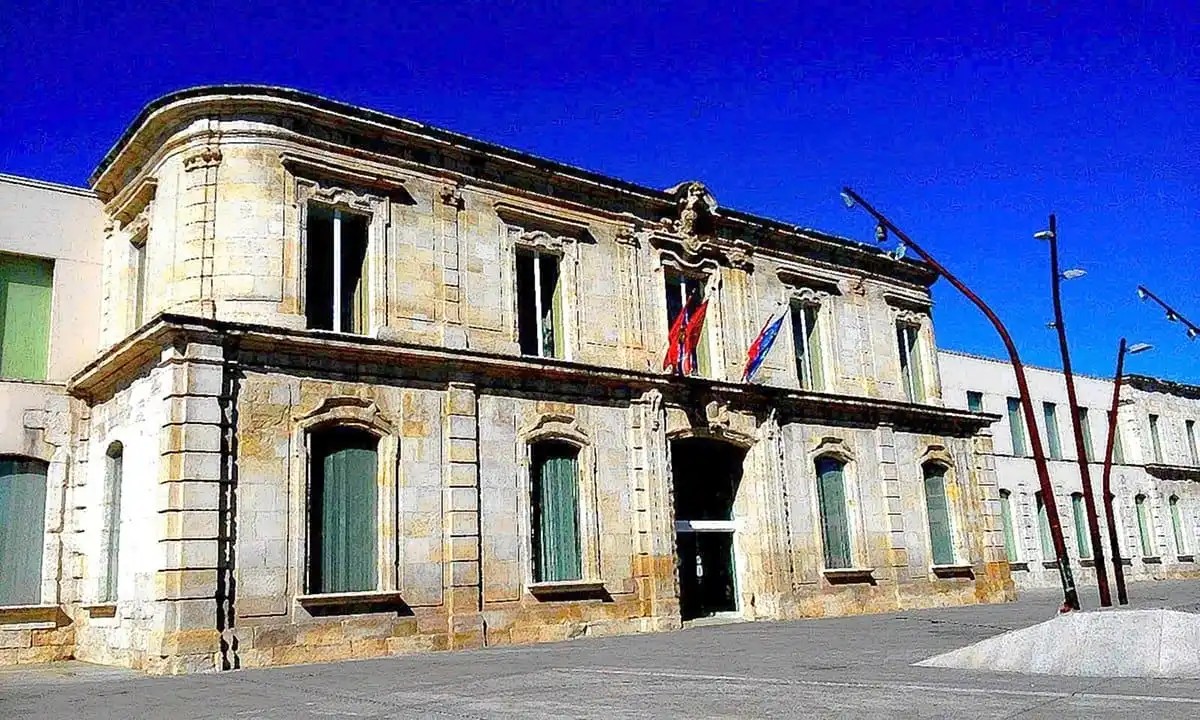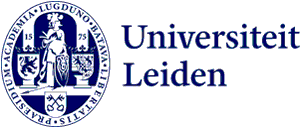
Spanish village full of Leiden residents: dozens of textile workers once migrated to Guadalajara
In the Spanish town of Guadalajara, there is a street named ‘Burgemeester Fluiterstraat’, named after a descendant of Leiden migrants who had done well in the South. He was not the only Guadalajara resident with Leiden roots: at the beginning of the eighteenth century, a stream of Dutch textile workers migrated to Spain. University lecturer Raymond Fagel is working with a PhD student to document their history.
After the end of the War of Succession in 1713, by the mid-18th century Spain began to recover. New industries such as textile factories were supposed to make the country economically strong, but they also required skilled workers. For the Spanish, it was therefore a godsend that the Dutch textile industry collapsed at the beginning of the 18th century. ‘They started recruiting people to go and work in Spain,’ says assistant professor Raymond Fagel. A large group of people from Leiden were among the migrants.
Years of research interest
Fagel first came across the relationship between Guadalajara and Leiden a few years ago. 'Ever since I heard this story in a lecture, I've always thought: this needs to be researched.' Now, four years before his retirement, the time is ripe. With an NWO Open Competition M grant, a PhD student can start researching the wave of emigration to Guadalajara.
‘Because it is a small town, the Dutch names are easy to find in the archives,’ says Fagel. ‘We are also fortunate that a census was conducted in both Leiden and Guadalajara during that period, which means we have a list of who lived where for both cities, and that the factory was under royal protection, which means that documents have been preserved. In combination with the Leiden archives, we can make some very interesting connections, allowing us to map not only the number of looms, but also the mindset of the people and the control they had over their own lives. We already know that Dutch migrants had to ask the consul for permission to return home. To what extent does that differ from the current situation, in which passports are confiscated?’
-

Brihuega factory -

San Fernando factory
Social debate
The small story of the eighteenth-century group of migrants who left for Spain also tells us something about larger social themes. Fagel: ‘To Dutch people, it sounds strange: guest workers going to Spain instead of coming from there, but if you really want to understand migration, you shouldn't always think of yourself as a rich country that receives immigrants. It helps to look at your own emigrants as well.’
It helps that Fagel plans to combine Spanish and Dutch sources. ‘For example, you see that a Dutch person writes that many migrants were happy to return to the Netherlands: they would rather be unemployed here than have a job in Spain. At the same time, Spanish literature states that most of those Dutch people integrated perfectly into society, partly because they were Catholic. That difference shows that perspectives on migration often vary greatly, especially when relations are tense, as was the case between the Netherlands and Spain. It also raises the question of what the religion of those migrants was and what the position of Catholics in society was.’
Bridge to the present
Ultimately, Fagel hopes that his research will also build a bridge to the present. ‘For example, I know that there is still a transport company called Fluiters and that a local historian is married to a “Fluiters girl”. I would love to find descendants of the Dutch branch as well, so that we can put them in touch with one another.’
